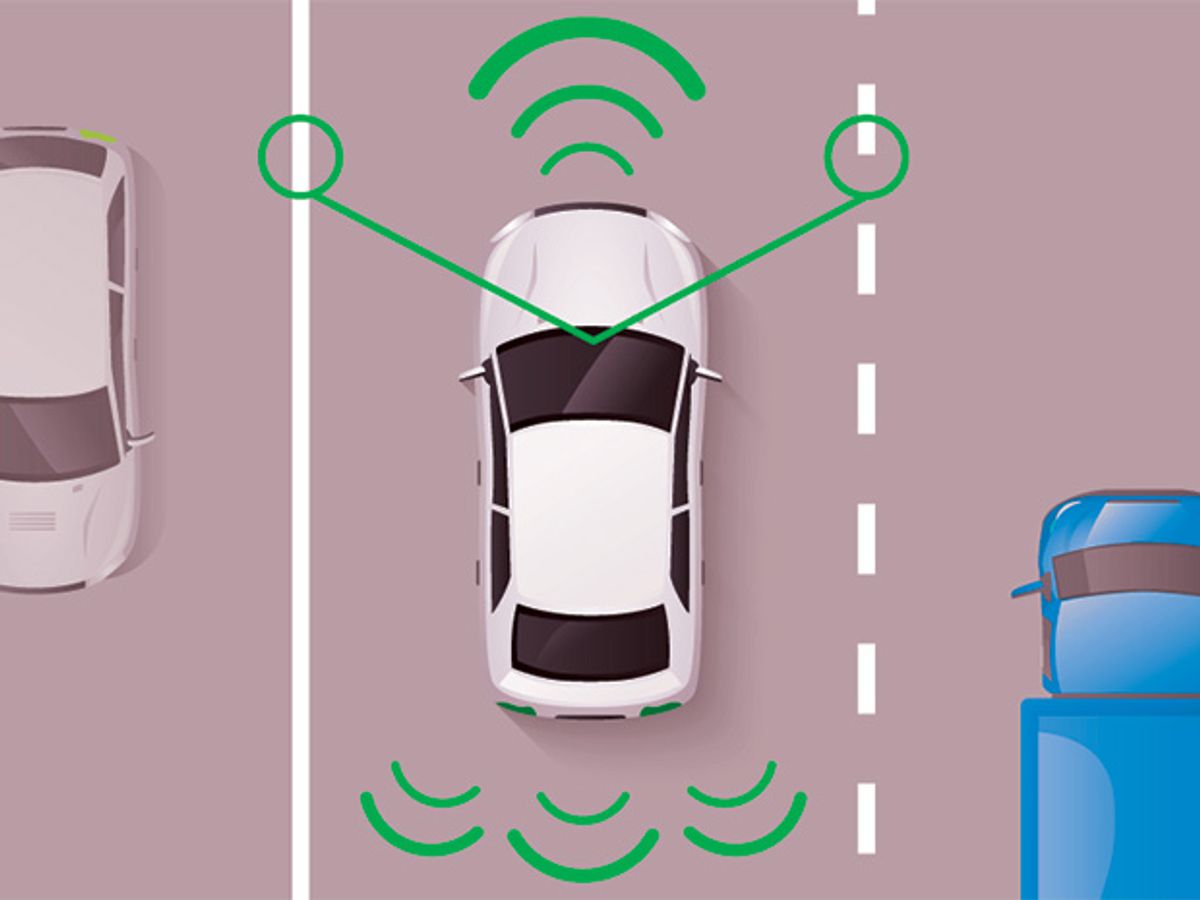U.S. regulators want automakers to make crash-avoidance technologies and similar safety systems standard features in vehicles. That is why the National Highway Traffic Safety Administration (NHTSA) has announced plans to overhaul its vehicle safety ratings to acknowledge the presence or absence of such safety technologies. The proposal also includes language meant to reward automakers for including autonomous vehicle technology in the near future.
Today’s vehicles do not require crash-avoidance technologies in order to win a coveted four- or five-star rating from NHTSA. But the 8 December announcement signaled the agency’s intent to raise the bar. Starting with the 2019 model year, cars earning the highest safety ratings will have to be equipped with advanced technologies that help protect drivers, passengers, and pedestrians.
“The changes provide more and better information to new-vehicle shoppers that will help accelerate the technology innovations that save lives,” said Anthony Foxx, U.S. Transportation Secretary, in a press release.
Currently, such advanced car technologies only appear as “recommended technologies” on NHTSA’s Safercar.gov website. But the agency’s reform effort comes after recent estimates suggesting that the growing presence of crash-avoidance technologies could spare life and limb for many more people on the road. As the proposal notes: “NHTSA believes the greatest gains in highway safety in coming years will result from widespread application of crash avoidance technologies.”
The new safety ratings would cover crash-avoidance technologies including: forward collision warning, crash imminent braking, dynamic brake support, lane departure warning, rollover resistance, and blind spot detection.
Pedestrians would benefit from the proposed changes as well. Two additional safety technologies would fall under the “pedestrian protection rating” category: pedestrian automatic emergency braking and rear automatic braking.
The new proposal also covers additional safety assessment changes such as new crash tests making use of more technically advanced crash test dummies. But most intriguingly, the updated safety regime will give automakers points for “the ability to dynamically update the program more swiftly as new safety technologies emerge,” according to the press release. The agency also noted technologies currently in development that could eventually fall under the safety ratings: intersection movement assist, lane keeping support, advanced automatic crash notification, driver alcohol detection systems, and driver distraction guidelines.
That means NHTSA’s revamped safety ratings would theoretically be flexible enough to prepare for the future of self-driving car technologies as automakers and tech giants continue testing their own versions of driverless robotic vehicles. The result could be faster development and adoption of advanced car technologies. Movement in that direction has already begun. In September, 10 top automakers voluntarily pledged to install automatic emergency braking in all future vehicles sold in the United States.
Jeremy Hsu has been working as a science and technology journalist in New York City since 2008. He has written on subjects as diverse as supercomputing and wearable electronics for IEEE Spectrum. When he’s not trying to wrap his head around the latest quantum computing news for Spectrum, he also contributes to a variety of publications such as Scientific American, Discover, Popular Science, and others. He is a graduate of New York University’s Science, Health & Environmental Reporting Program.



